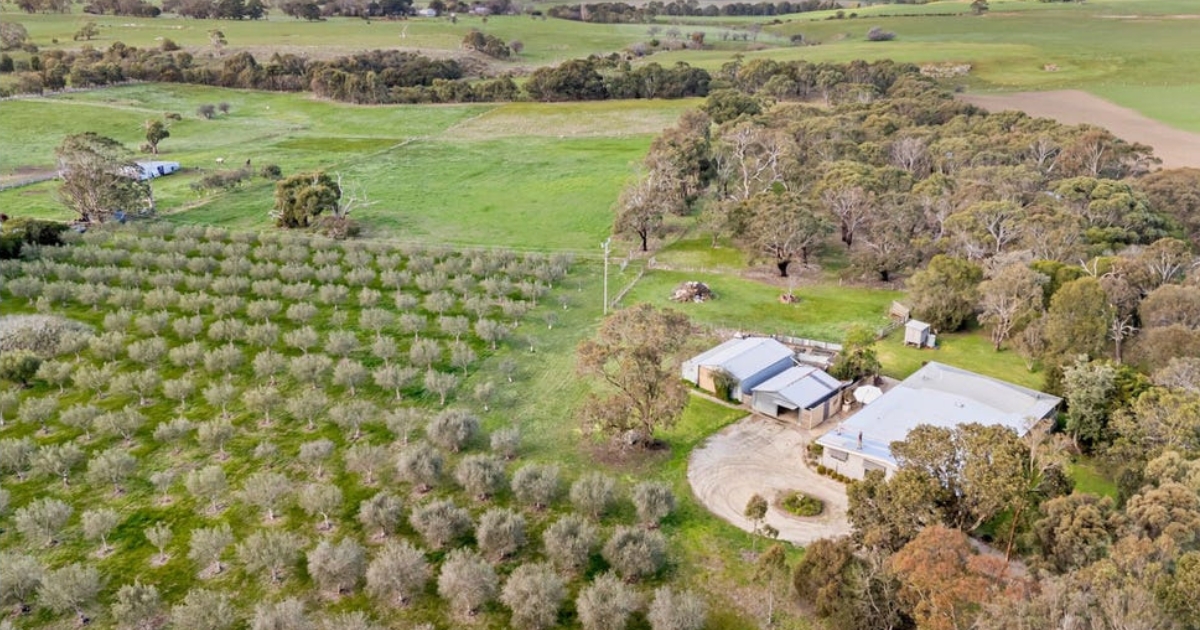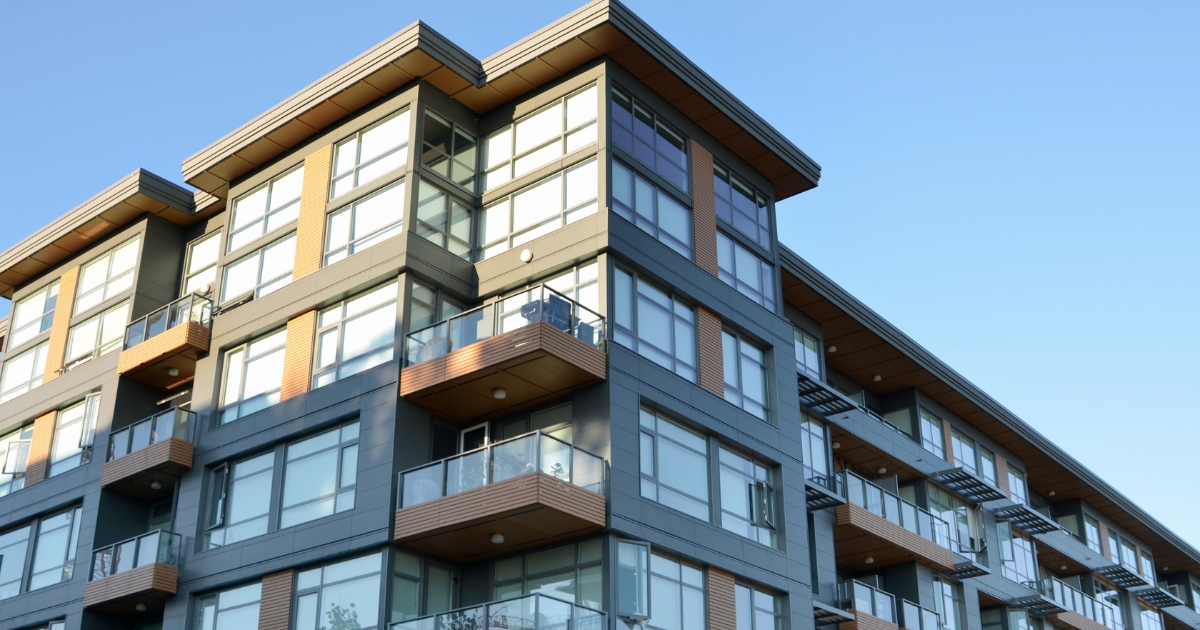Will robots reboot retirement living?
ROBOTS and artificial intelligence, wearable technology and telehealth will help people stay in their homes for longer, says
CoreLogic’s chief technology officer Greg Dickason, what can the property industry do to prepare?
Around 15 per cent of Australia’s population, or 3.8 million people, is currently aged 65 and over – and this is projected to more than double by 2057.
This ageing population presents many challenges, but technology is coming to the rescue.
“The Internet of Things, artificial intelligence and connected cloud infrastructure will come together to provide e-health, telehealth and monitoring that helps people stay active and in their homes for longer,” said Dickason, who is heading to Canberra in November for the National Retirement Living Summit.
Expect real-time monitoring to accelerate rapidly in independent living units, as wearable devices keep tabs on heart rates, intelligent toilets test sugar levels and cameras connected to AI algorithms watch for warning signs.
“AI will pick up that a person’s gait has slowed or that their temperature is elevated, for example, and will notify doctors who will then check in via video conferencing facilities,” Dickason explains.
AI “learns” normal patterns of behaviour at the individual and grouphome level and can alert supervisors of any issues.
“Neutral systems powered by AI will eliminate elder abuse in aged care facilities,” Dickason adds.
Technology will support physical activity and physiotherapy, with older people firing up the Xbox or Wii for exercise.
“We’ll see older people exercising together – not physically in the same room, but still together.”
“Robots will be used as companions and to ease the caring load, Japan is already using robotic pets to provide emotional care to elderly citizens and the Japanese government is currently funding the development of elder care robots to fill the projected shortfall of 380,000 specialised workers by 2025.
“Currently, though, robots “aren’t about help, but about companionship,” Dickason says.
All of these technologies will keep people in their homes for longer – but Dickason says many advancements may be more than a decade away.
“What will come soon is IoT monitoring solutions, they are already here, but we’ll see more apps and smart watches that communicate with local WiFi.
“The big thing for me is integration, at the simple level, when Uncle Bill doesn’t turn the light on over night a system will raise an alert, we don’t need much extra technology for that.”
A fully-integrated real-time monitoring service will require better broadband, upgraded camera systems and more sophisticated AI-enabled image recognition.
But “as the Googles and Amazons roll out facial image recognition, the ability to monitor people in their homes is not that far off”.
What would George Orwell make of this? Does this take Big Brother to an alarming new level?
“There are already half a million CCTV cameras in London, the average Londoner is captured by CCTV around 200 times a day.
“I think AI brings with it a level of comfort because there isn’t a human watching, and the upside is independence.”
What can the retirement living industry do now to prepare for this brave new world?
“Sell the benefits of technology and of ageing with confidence”, Dickason says.
“Technology will help people to stay independent and we’ll be trading off a bit of privacy for a future where people enjoy a better quality of life for longer.”



















